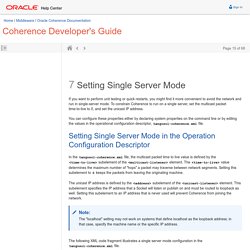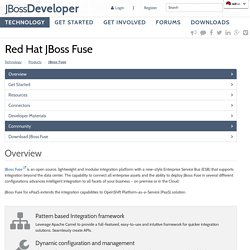

Business Process Change. Business Process Model and Notation Nel corso degli anni diverse sono state le iniziative per proporre nel conteso del Business Process Management una notazione per modellare i processi di business dell’organizzazione, comunemente chiamati anche workflow, mappe di processo, flusso di controllo, activity diagram [1].

Diagrammi informali e formali A grandi linee i modelli dei processi si possono dividere in due grandi classi: informali e formali. I primi sono quelli realizzati principalmente dalle persone di business, che tendono ad astrarre con lo scopo di rappresentare solo gli elementi di loro interesse e quindi comprendere, chiarire, semplificare, sottolineare, comunicare [1]. All’estremo opposto ci sono i diagrammi dei dipartimenti IT che devono essere molto formali perché devono servire da specifica agli sviluppatori o anche essere automaticamente tradotti in codice eseguibile dai sistemi software di automazione dei processi, i Business Process Management System (BPMS).
Lo standard BPMN. Fusion Middleware Modeling and Implementation Guide for Oracle Business Process Management - Contents. Coherence Developer's Guide - Contents. Setting Single Server Mode. If you want to perform unit testing or quick restarts, you might find it more convenient to avoid the network and run in single-server mode.

To constrain Coherence to run on a single server, set the multicast packet time-to-live to 0, and set the unicast IP address. You can configure these properties either by declaring system properties on the command line or by editing the values in the operational configuration descriptor, tangosol-coherence.xml file. Setting Single Server Mode in the Operation Configuration Descriptor In the tangosol-coherence.xml file, the multicast packet time to live value is defined by the <time-to-live> subelement of the <multicast-listener> element. The <time-to-live> value determines the maximum number of "hops" a packet may traverse between network segments.
The unicast IP address is defined by the <address> subelement of the <unicast-listener> element. Note: Hostile Coding: JDeveloper: Deploy your project to an external WebLogic Server. JDeveloper by default uses it's internal WebLogic Server to deploy your projects.

When your project is completed presumably you will deploy your application to a production WebLogic Server. In this post I explain how to create a deployment profile and deploy your project to an external WebLogic Server. I use the previously created SSXA webpage sample as reference but the procedure is the same for other applications like ADF ones.
First step is optional. I will change the default web context root name to a more easy one. To change this name right click your Project in Application Navigator -> Project Properties -> Java EE Application and modify values as you like. So, let's start deploying our app. Tuning Java Virtual Machines (JVMs) WebLogic Server Performance and Tuning The Java virtual machine (JVM) is a virtual "execution engine" instance that executes the bytecodes in Java class files on a microprocessor.

How you tune your JVM affects the performance of WebLogic Server and your applications. The following sections discuss JVM tuning options for WebLogic Server: Table 3-1 presents general JVM tuning considerations for WebLogic Server. Table 3-1 General JVM Tuning Considerations Although this section focuses on Sun Microsystems' J2SE 1.4 JVM for the Windows, UNIX, and Linux platforms, the BEA WebLogic JRockit JVM was developed expressly for server-side applications and optimized for Intel architectures to ensure reliability, scalability, manageability, and flexibility for Java applications.
For more information on JVMs in general, see the Introduction to the JVM specification. Changing To a Different JVM The JVM heap size determines how often and how long the VM spends collecting garbage. Java Heap Size Options. Fusion Middleware Developing SOA Applications with Oracle SOA Suite - Contents. Meet Google Drive – One place for all your files. Apache CXF. Apache Camel: Index. JBoss Fuse - Overview.
JBoss Fuse is an open source, lightweight and modular integration platform with a new-style Enterprise Service Bus (ESB) that supports integration beyond the data center.

The capability to connect all enterprise assets and the ability to deploy JBoss Fuse in several different configurations advances intelligent integration to all facets of your business – on premise or in the Cloud. JBoss Fuse for xPaaS extends the integration capabilities to OpenShift Platform-as-a-Service (PaaS) solution. Pattern based Integration framework Leverage Apache Camel to provide a full-featured, easy-to-use and intuitive framework for quicker integration solutions. Seamlessly create APIs. Dynamic configuration and management Change configuration while container is running. Multiple connectivity options Connect to external applications with connectors for JDBC, FTP/SFTP, HTTP/HTTPS, file, SalesForce.com, SAP, Twitter, and more.
Fabric Management Console is based on the hawtio web console. New Features Resources. Service-Oriented Architecture. Service Design Patterns: Fundamental Design Solutions for SOAP/WSDL and ... - Robert Daigneau. Patterns of Enterprise Application Architecture - Martin Fowler.